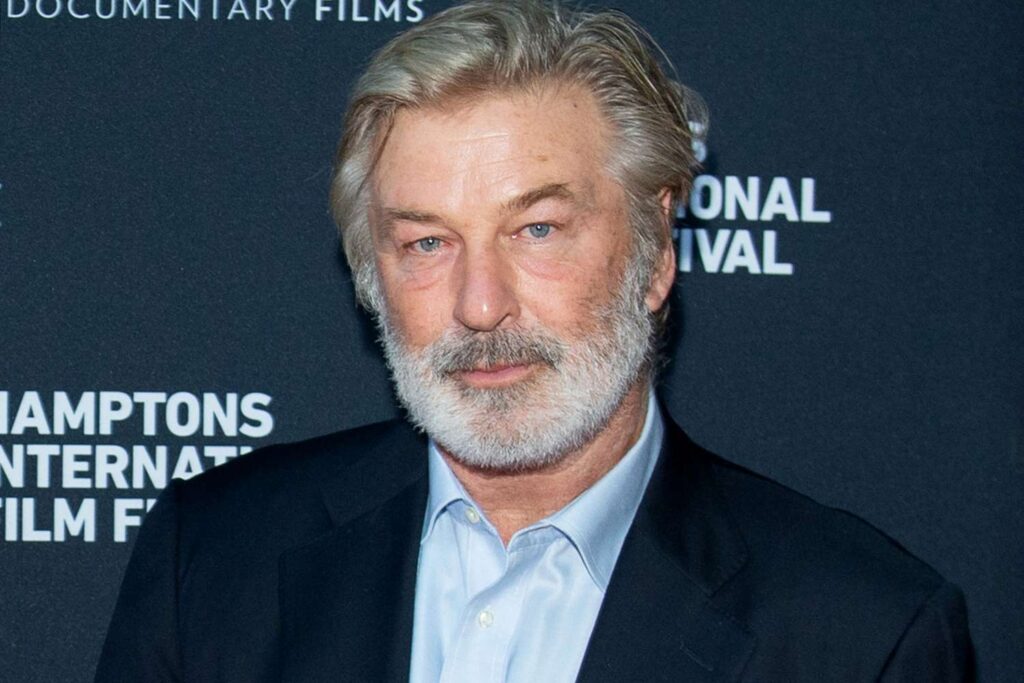The tragic events surrounding the film production of “Rust,” where actor Alec Baldwin discharged a prop gun resulting in the death of cinematographer Halyna Hutchins and injuries to director Joel Souza, continue to reverberate through Hollywood and beyond. As Baldwin faces involuntary manslaughter charges, the case has sparked intense scrutiny into on-set safety protocols, legal responsibilities, and the complexities of firearm use in the entertainment industry.
The Incident and Legal Proceedings
On October 21, 2021, during the filming of “Rust,” Alec Baldwin fired what was supposed to be a prop gun during a rehearsal, tragically killing Halyna Hutchins and injuring Joel Souza. The incident immediately raised questions about the safety measures in place on set and Baldwin’s handling of the firearm, leading to multiple lawsuits and criminal charges against the actor.
Prosecution’s Allegations
Newly submitted evidence by special prosecutors in New Mexico asserts that Alec Baldwin displayed “erratic and aggressive behavior” that contributed to the fatal shooting. Prosecutors claim Baldwin was negligent in handling the firearm, citing instances where he allegedly pointed the gun at crew members and fired it without proper protocol, even after “cut” had been called. These accusations paint a picture of recklessness and disregard for safety measures during the production.
On-Set Safety and Industry Standards
The case has prompted a broader discussion about on-set safety in the film industry. Despite stringent protocols and trained professionals such as armorers responsible for firearm safety, incidents like the one on the set of “Rust” underscore the potential risks involved in handling weapons, even when they are supposed to be props. The industry’s reliance on realistic portrayals often clashes with the imperative of maintaining a safe working environment for all involved.
Legal and Ethical Responsibilities
As Baldwin prepares to stand trial for involuntary manslaughter, legal experts analyze the implications of his actions under New Mexico law. The prosecution’s argument of Baldwin’s alleged reckless behavior hinges on proving that his actions directly contributed to the death of Halyna Hutchins. Baldwin’s defense, which has maintained his innocence throughout, will likely counter with arguments about standard industry practices and the complexities of on-set dynamics.
Impact on Hollywood and Beyond
Beyond the courtroom drama, the “Rust” tragedy has sparked broader implications for the entertainment industry. Calls for stricter safety regulations and enhanced training procedures for handling firearms on set have gained traction, aiming to prevent similar incidents in the future. The case also highlights the vulnerability of crew members and the ethical responsibilities of actors and producers in ensuring a safe working environment.
Media Coverage and Public Perception
Media coverage of the case has been extensive, reflecting public interest in the intersection of celebrity, tragedy, and legal accountability. Journalistic ethics come into play as reporters navigate sensitive details while respecting the privacy and dignity of those affected by the incident. Balanced reporting seeks to inform the public while avoiding sensationalism, acknowledging the human toll of the events.
The ongoing legal saga surrounding Alec Baldwin and the “Rust” tragedy underscores profound issues of safety, accountability, and responsibility within the entertainment industry. As the case moves forward, it prompts critical reflections on on-set practices, legal standards, and the lasting impact of preventable accidents. Ultimately, the outcome of Baldwin’s trial will not only shape his personal and professional future but also influence broader efforts to enhance safety measures in film production, ensuring that tragedies like this do not recur.
